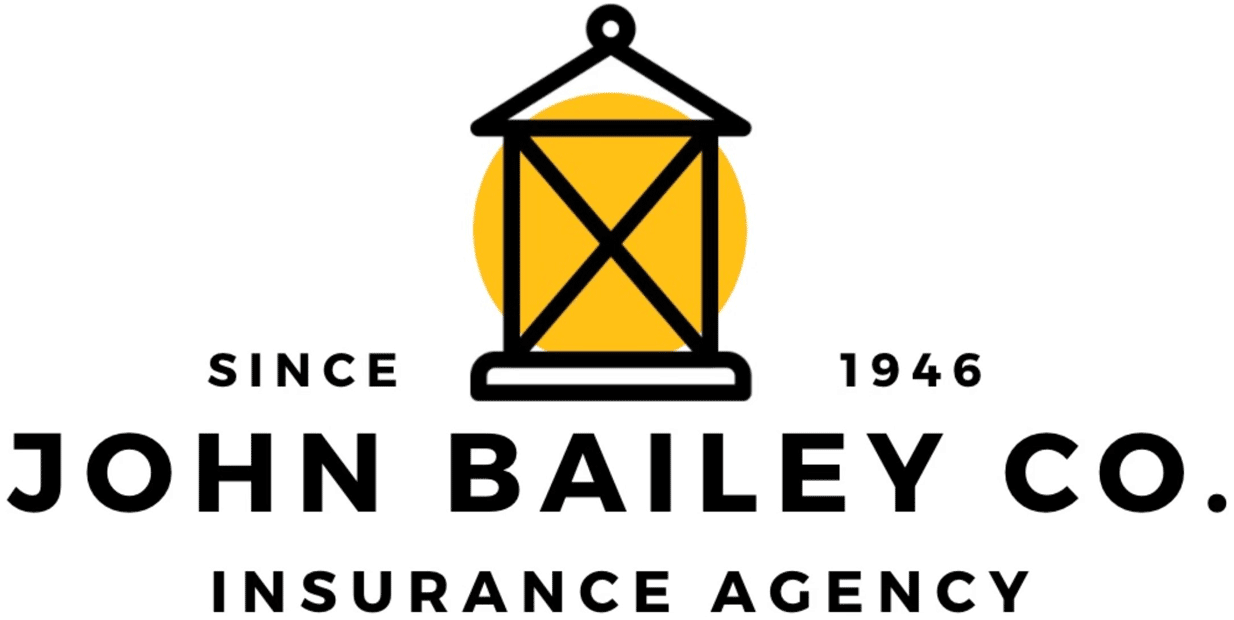Understanding your insurance policy can feel like learning a new language, filled with acronyms and complex terms. One of the most critical concepts to grasp is Total Insurable Value (TIV). Getting this number right is essential for protecting your business properly. Getting it wrong can lead to costly surprises, from paying too much for coverage to facing major financial shortfalls after a loss.
This guide will walk you through what TIV is, why it’s so important, and how you can ensure your values are accurate. You’ll learn how TIV impacts your premiums, what happens if your numbers are off, and practical steps to protect your business.
What Exactly is Total Insurable Value (TIV)?
Total Insurable Value represents the total cost to replace all your insured property with new property of similar kind and quality, without deduction for depreciation. It is the complete sum of all assets you want to protect.
Insurers use your TIV as a foundational metric to determine your policy’s limits and calculate your premium. Think of it as the maximum possible dollar amount of a single loss your business could suffer.
Common Components of TIV
Your TIV is typically composed of several key elements:
- Buildings & Structures: The cost to rebuild your physical building from the ground up, including materials, labor, and architectural fees at current prices.
- Business Personal Property (BPP): The value of all movable items within your property. This includes furniture, fixtures, machinery, equipment, computers, and office supplies.
- Inventory/Stock: The replacement cost of your raw materials, work-in-progress, and finished goods held for sale.
- Business Interruption (BI) / Time Element: This is a crucial but often overlooked component. It represents your potential lost income and extra expenses incurred if your business operations are halted due to a covered loss. It’s calculated based on gross profits and projections for the time it would take to resume normal operations.
Why Accurate TIV is Non-Negotiable
Insurance carriers rely heavily on your reported TIV for two primary functions: underwriting and rating.
- Underwriting & Capacity: Insurers use TIV to assess the total risk they are taking on. A property with a $50 million TIV requires more of the insurer’s capacity than one with a $5 million TIV. This figure helps them decide if they can cover your entire risk or if they need to share it with other insurers (reinsurance).
- Rating & Premiums: The premium you pay is a direct function of your TIV. The rate (e.g., $0.25 per $100 of value) is multiplied by your TIV to calculate your base premium. An accurate TIV ensures you pay a fair price for the right amount of coverage.
The Dangers of Inaccurate Reporting
Miscalculating your TIV – either too high or too low – can have serious financial consequences.
Risks of Underreporting TIV
Understating your values might seem like a way to save money on premiums, but it exposes your business to significant risks:
- Inadequate Limits: In a total loss, you will only be paid up to your policy limit. If your limit is based on an understated TIV, the payout won’t be enough to rebuild and replace your assets, leaving you with a massive financial gap.
- Coinsurance Penalties: Many commercial property policies include a coinsurance clause, which requires you to insure your property to a certain percentage of its full value (usually 80%, 90%, or 100%). If you fail to meet this threshold at the time of a loss, the insurer can reduce your claim payment proportionally.
Risks of Overreporting TIV
Intentionally or accidentally overstating your TIV also creates problems:
- Paying for Coverage You Don’t Need: Your premium is based on your reported value. If you report a TIV of $15 million when the true value is $12 million, you are paying for phantom coverage. An insurance policy will never pay out more than the actual cost to repair or replace, regardless of how high your limit is.
- Unnecessary Underwriting Scrutiny: An inflated TIV might push your account into a higher-risk category, triggering more rigorous underwriting, higher rates, or even difficulty securing coverage.
How to Calculate Your TIV Accurately
Calculating TIV is not a one-time task; it’s an ongoing process of valuation and review. Here are key considerations.
Valuation Methods: RC vs. ACV
- Replacement Cost (RC): This is the standard for TIV calculation. It’s the cost to replace an asset with a new, similar item without deducting for depreciation. This is the valuation method you want for most business assets to ensure you can fully rebuild and recover.
- Actual Cash Value (ACV): This is the replacement cost minus depreciation. ACV is less common for calculating TIV for a primary policy but might be used for older equipment or certain types of property. An ACV policy will result in a lower premium but also a lower payout.
External Factors That Impact Your TIV
Your property’s value is not static. External forces can cause it to change rapidly.
- Inflation: Construction material and labor costs are constantly rising. A building valued at $10 million three years ago could easily cost $12 million or more to rebuild today.
- Supply Chain Issues: Disruptions can dramatically increase the cost and time needed to acquire materials and equipment, increasing both property replacement costs and the potential length of a business interruption claim.
- Property Upgrades: Did you renovate your office, add an extension, or install new, expensive machinery? These improvements increase your TIV and must be reported to your insurer.
Best Practices for Managing Your TIV
Maintaining an accurate TIV requires diligence. Your goal is to create a detailed and defensible Statement of Values (SOV). An SOV is the document you provide to your insurer that itemizes each component of your TIV.
Here are some best practices for managing it:
- Use Reliable Data Sources: Don’t guess. Pull information from professional sources:
- Third-Party Appraisals: Hiring a professional appraiser is the gold standard for establishing defensible building and equipment values.
- Broker Valuation Tools: Many insurance brokers have software that can estimate construction costs based on building type, location, and square footage.
- Accounting Records: Your fixed asset register and balance sheet can provide a starting point for equipment and property lists, but remember to adjust these book values to reflect current replacement costs.
- Detail Your Statement of Values (SOV): A thorough SOV is your best tool. Instead of listing one lump sum, break it down by location, building, and category (e.g., machinery, office equipment, inventory). This clarity helps underwriters and speeds up the claims process.
- Review and Reconcile Annually: Your TIV is a living number. Before your policy renews each year, conduct a formal review:
- Account for any major purchases or disposals.
- Apply an inflation guard factor to building and equipment costs.
- Re-evaluate your business interruption exposure based on the last 12 months of revenue and projections for the next 12-18 months.
Understanding and properly managing your TIV can better prepare you and your business and help lower your overall risk. Reach out to our team today to get more information on your TIV’s impact on your business.

